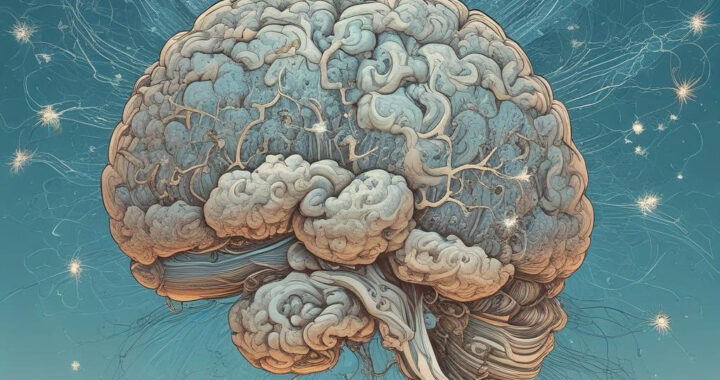
The Future of Brain Science: Computers Reading Your Mind
Imagine controlling a computer or prosthetic limb with just your thoughts. Brain-computer interfaces are making this a reality, offering hope for medical breakthroughs and everyday conveniences. However, with these advancements come privacy, and ethical concerns. Explore the fascinating world of BCIs and what they mean for our future.
 The Future of Brain Science: Computers Reading Your Mind
The Future of Brain Science: Computers Reading Your Mind  Future of Brain Science: Studying Brain in the Wild
Future of Brain Science: Studying Brain in the Wild  Taking the Bait on Social Media
Taking the Bait on Social Media 












